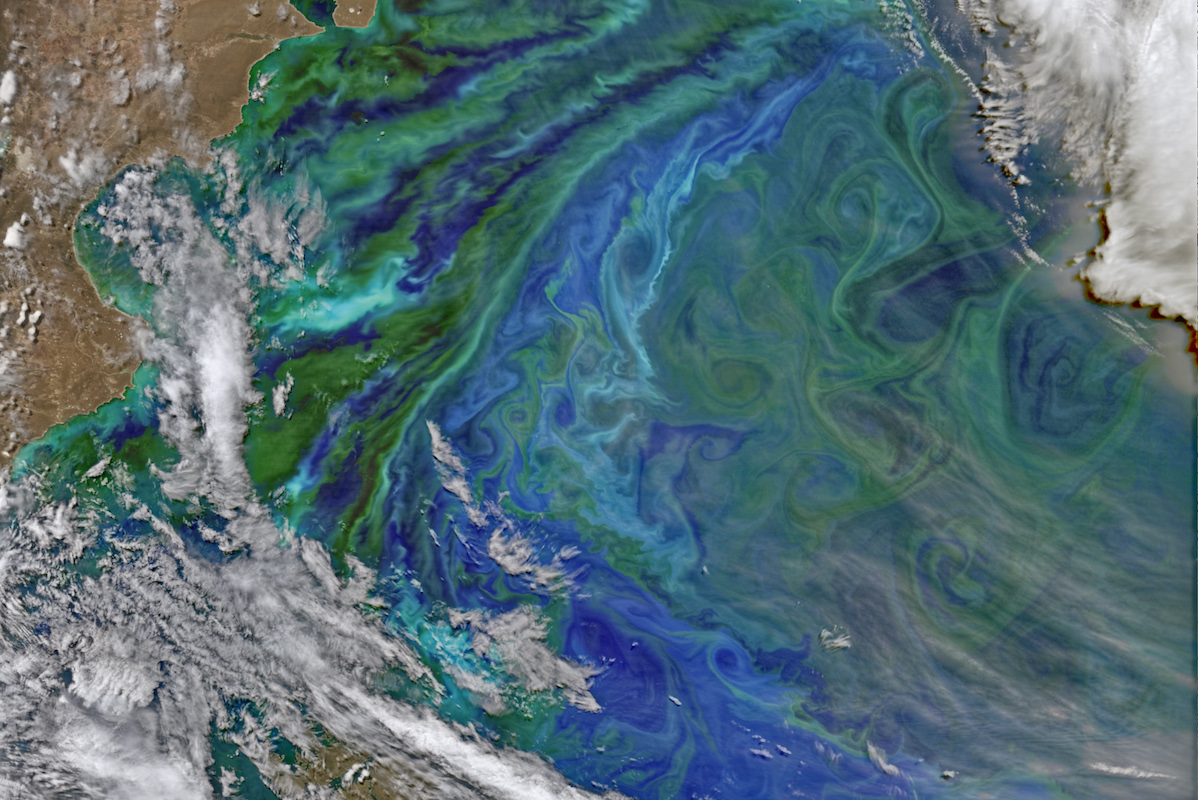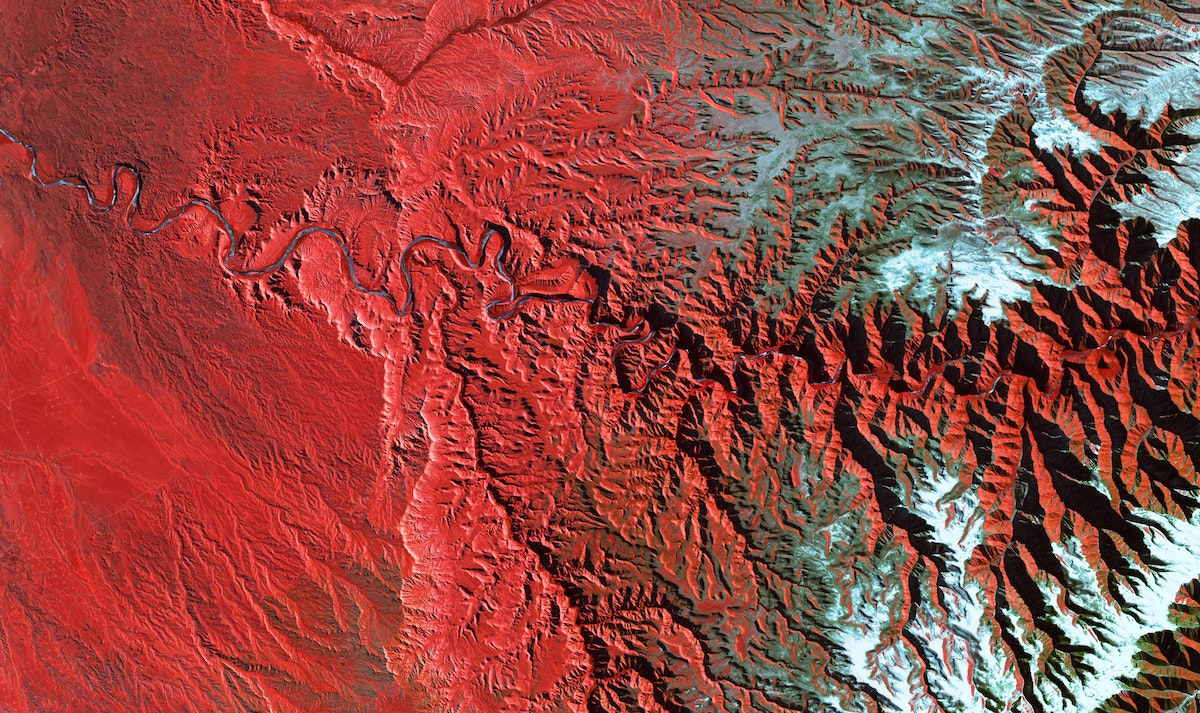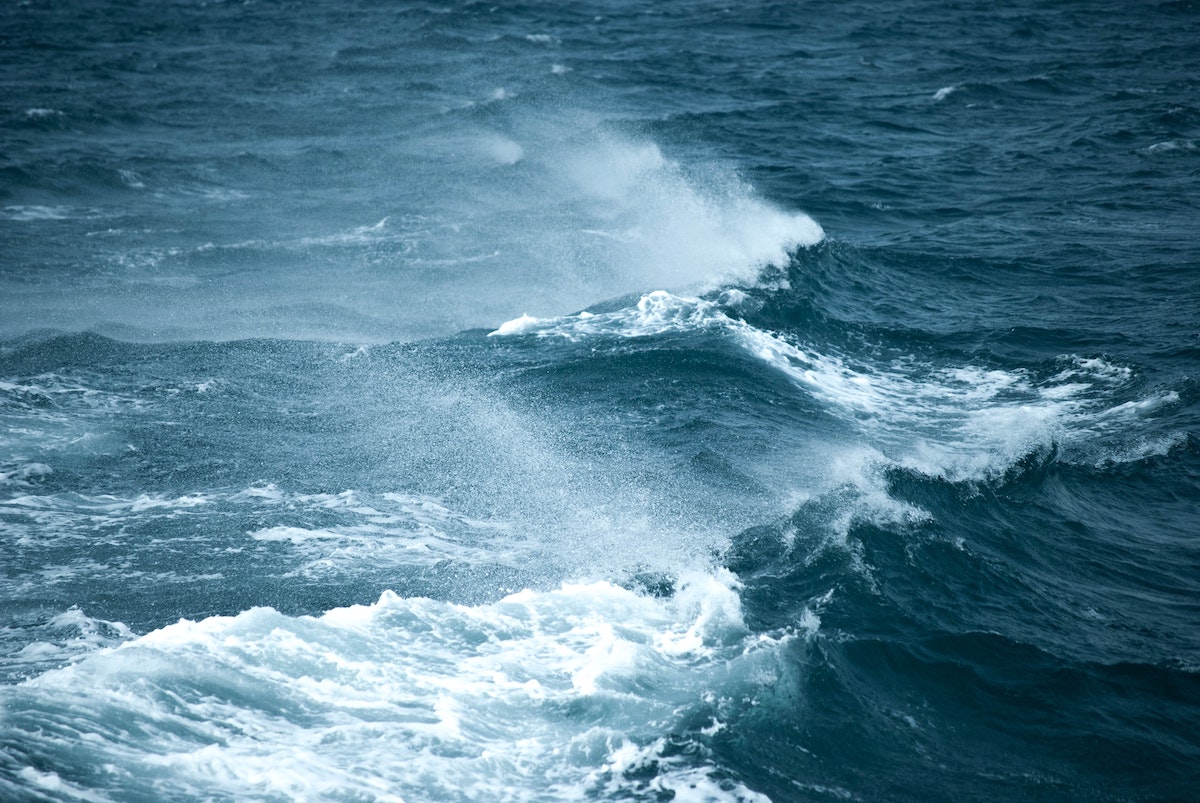-
Research brief: The biogeochemical structure of Southern Ocean mesoscale eddies.

CLEX researchers used real-world observations with satellite observations to calculate the quantity of nutrients carried into the Subantarctic Zone by mesoscale eddies. They found these eddies carried high nitrate and low silicate waters into the Subantarctic Zone.
-
Research brief: Decomposing temperature extremes errors in CMIP5 and CMIP6 models

CLEX researchers addressed the error compensation issue for temperature extremes by defining a novel performance metric that identifies those models that can simulate temperature extremes well and simulate them well for the right reasons.
-
Research brief: How salty seawater can tell us whether to expect rain

Ocean salinity could be an indicator of major rain events before IOD or ENSO events have peaked. This raises the prospect that long term forecasts for Australia could be improved by analysing sea surface salinity in the Indian and Pacific oceans.
-
Research brief: New Metrics for Assessing Small Scale Wind Processes in Bureau Forecasts

In this paper, CLEX researchers developed new metrics to assess whether forecaster edits targeting these processes were reducing error in the daily varying component of the wind forecasts, by comparing edited and unedited forecast data with weather station observations.
-
Research brief: The shortcomings of convection-resolving models

A new paper by Martin Jucker and colleagues reveals the choice of a particular convection-resolving model (CRM) has a much larger impact on the results than increasing resolution. It also suggests the behaviour of CRMs is tied to model internals instead of the phenomena they are trying to reproduce.
-
Research brief: Natural variations shift rain-bearing winds south

CLEX researchers found the influence of climate change and the depletion in stratospheric ozone are the major drivers over the Atlantic Oceans that shift westerly winds further south. However, over the Pacific and Indian oceans natural variations induced by sea surface temperature changes in the tropical Pacific also play an important role.
-
Research brief: Cold air below thunderstorms affects storm orientation

This study investigates the influence of cold pools, which are evaporatively cooled regions of air near the surface, below thunderstorms, on the orientation of line‐organized thunderstorm clusters using computer model simulations.
-
Research brief: Predicting the risk of drought-induced tree mortality in Australia

CLEX researchers implemented a new model of plant hydraulics into the Community Atmosphere Biosphere Land Exchange (CABLE) land surface model to robustly project future drought impacts on Australian vegetation.
-
Research brief: Including vegetation structure improves photosynthesis in land surface models

CLEX researchers and colleagues that adding vegetation canopy architecture with zenith angular variations significantly improved photosynthesis prediction in light-limited ecosystems.
-
Research brief: what causes the annual Central American Drought?

CLEX researchers investigate the mysterious annual mid-summer drought that occurs in Central America and Mexico, and find a range of regional influences that alter its timing and characteristics.
